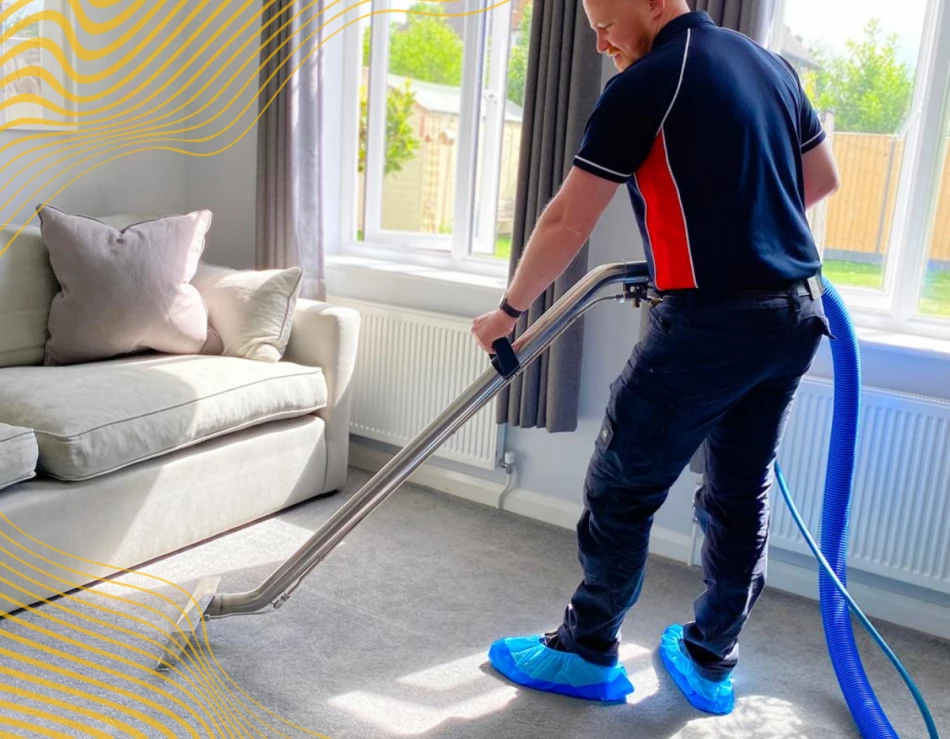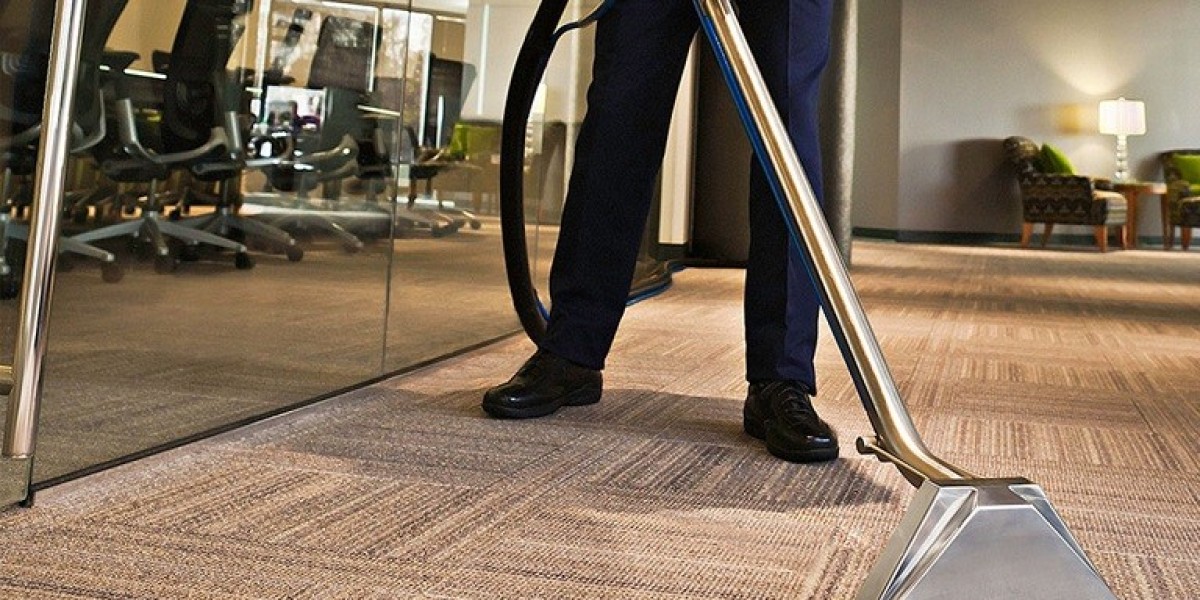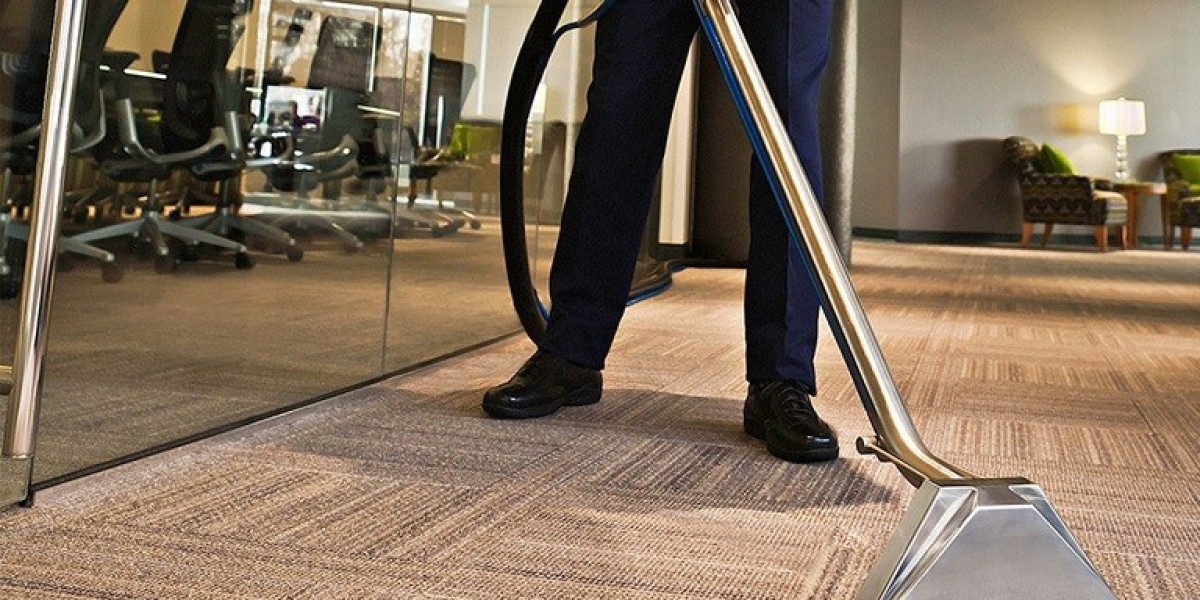Carpets are an essential component of many homes and commercial spaces, providing comfort, warmth, and aesthetic appeal. However, they are also prone to dirt, stains, and allergens, making regular cleaning a necessity. This article delves into the various methods of carpet cleaning, their benefits, and best practices to ensure your carpets remain in excellent condition.
Understanding Carpet Types
Before diving into cleaning methods, it's crucial to understand the types of carpets available. Carpets can be broadly categorized into two types: natural and synthetic. Natural fibers include wool, silk, and cotton, while synthetic fibers consist of nylon, polyester, and olefin. Each type has unique cleaning requirements and sensitivities, making it essential to choose the appropriate cleaning method.
The Importance of Regular Carpet Cleaning
Regular carpet cleaning is vital for several reasons:
- Health Benefits: Carpets can harbor allergens, dust mites, and bacteria, which can affect indoor air quality and trigger respiratory issues. Regular cleaning helps reduce these health risks.
- Aesthetic Appeal: Clean carpets enhance the overall look of a room. Stains and dirt can make even the most beautiful carpets appear dull and unattractive.
- Longevity: Regular maintenance extends the life of your carpets. Dirt and debris can wear down fibers over time, leading to premature replacement.
- Odor Removal: Carpets can absorb odors from pets, spills, and smoke. Cleaning helps eliminate these unpleasant smells, leaving your home smelling fresh.
Carpet Cleaning Methods
There are several methods for cleaning carpets, each with its advantages and disadvantages. Here are the most common techniques:
1. Steam Cleaning (Hot Water Extraction)
Steam cleaning is one of the most effective carpet cleaning methods. It involves injecting hot water and cleaning solution into the carpet fibers, then extracting the dirt and moisture with a powerful vacuum.
Benefits:

- Deep cleans carpets by removing embedded dirt and allergens.
- Environmentally friendly, as it primarily uses water.
- Requires drying time, which can take several hours.
- Not suitable for all carpet types, particularly those sensitive to moisture.
2. Dry Cleaning
Dry cleaning uses minimal moisture and specialized cleaning agents. A dry cleaning powder or solvent is spread over the carpet and worked into the fibers, then vacuumed away, taking dirt with it.
Benefits:
- Quick drying time, allowing immediate use of the carpet.
- Suitable for delicate fabrics that may be damaged by water.
- May not remove deep-set stains as effectively as steam cleaning.
- Requires the use of chemical cleaners, which some may prefer to avoid.
3. Bonnet Cleaning
This method is often used in commercial settings. A rotary machine with a cleaning pad soaked in a cleaning solution is used to agitate the carpet fibers and lift dirt.
Benefits:
- Fast and effective for surface cleaning.
- Ideal for high-traffic areas that require frequent maintenance.
- Does not provide a deep clean and may leave residue.
- Not recommended for residential carpets that need thorough cleaning.
4. Shampooing
Carpet shampooing involves applying a foamy cleaning solution to the carpet, agitating it with a machine, and then extracting the residue with a vacuum.

Benefits:
- Effective for removing stains and odors.
- Can rejuvenate the appearance of older carpets.
- Requires significant drying time.
- May leave behind residues if not rinsed properly.
Best Practices for Carpet Cleaning
To maintain the quality of your carpets and ensure effective cleaning, https://premiercarpetcleaning.co.uk/carpet-cleaning/peterborough consider the following best practices:
- Regular Vacuuming: Vacuum carpets at least once a week to remove surface dirt and debris. High-traffic areas may require more frequent vacuuming.
- Address Stains Immediately: Treat spills and stains as soon as they occur. Blot the stain with a clean cloth and avoid rubbing, which can spread the stain.
- Use Appropriate Cleaning Solutions: Always use cleaning solutions that are suitable for your carpet type. Test any new product on a small, inconspicuous area first.
- Professional Cleaning: Schedule professional carpet cleaning every 12-18 months, or more frequently if you have pets or allergies. Professionals have access to advanced equipment and expertise that can provide a deeper clean.
- Protect Your Carpets: Use area rugs and runners in high-traffic areas to protect carpets from wear and tear. Consider applying a carpet protector to repel stains and dirt.
- Maintain Humidity Levels: Keep indoor humidity levels between 30-50% to prevent mold growth and maintain carpet integrity. Use dehumidifiers in damp areas.
Conclusion
Carpet cleaning is an essential aspect of home maintenance that contributes to a healthy living environment and prolongs the life of your carpets. Understanding the different cleaning methods and their specific benefits allows you to make informed decisions about how to care for your carpets. By following best practices and addressing issues promptly, you can enjoy the comfort and beauty of your carpets for years to come. Whether you choose to tackle cleaning yourself or hire professionals, regular maintenance is key to preserving your investment and ensuring your home remains a welcoming space.








